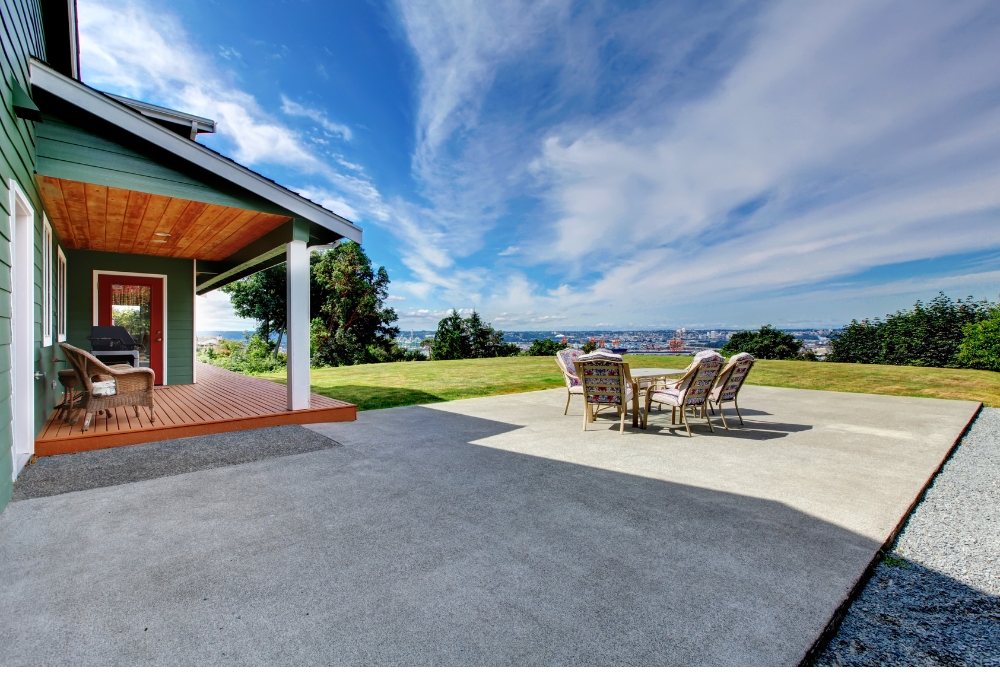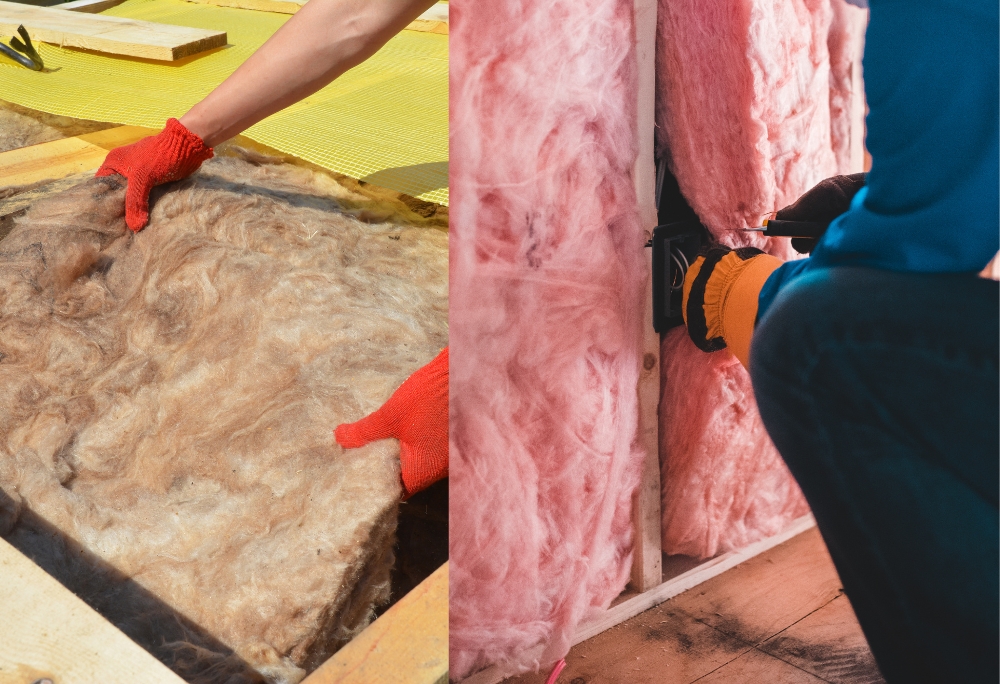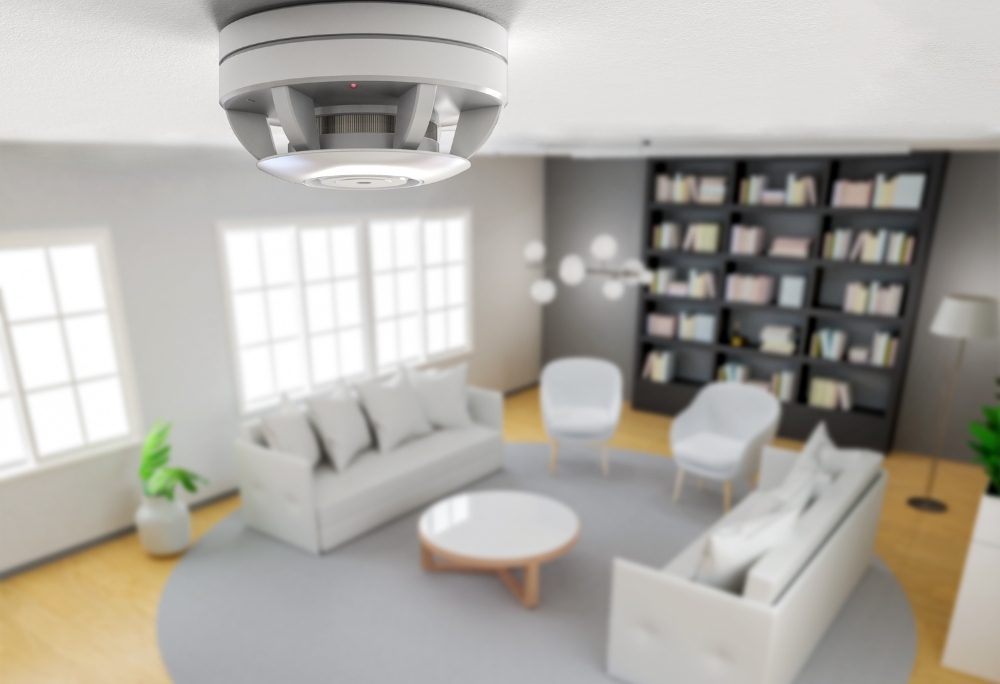Fire-Resistant Materials: The Ultimate Guide to Safer Rebuilding in LA
12 Essential Materials to Rebuild Smarter, Safer, and Stronger After Wildfires in Los Angeles
Hey everyone!
I’m Crystal, your friendly neighborhood architect, and today we’re talking about how to rebuild smarter and safer—especially here in wildfire-prone Los Angeles.
Wildfires are part of life around here, but that doesn’t mean we can’t protect our homes.
I’ve got 12 simple tips on fire-resistant materials that will not only keep your home safe but also give you serious peace of mind.
Let’s dive in!
Tip #1: Fire-Resistant Siding
First up is your siding—basically your home’s armor.
You want materials like fiber cement, stucco, or metal siding because they won’t catch fire when those pesky embers hit.
Fiber cement is awesome—it looks like wood but won’t burn, plus it’s super durable and low-maintenance.
And if you’re into a modern look, metal siding is sleek and offers top-notch fire resistance.
It’s all about protecting that first line of defense without sacrificing style.
Tip #2: Roofing Materials
Your roof is one of the most vulnerable parts of your home during a wildfire.
So, go for a Class A fire-rated roof.
Materials like metal, clay tile, slate, or high-quality asphalt shingles can make a huge difference.
Metal roofs, for example, can last up to 50 years and even help reflect heat to keep your house cooler.
It’s a smart investment for long-term safety and energy savings.
Tip #3: Windows and Doors
Windows and doors are your next line of defense.
Standard glass can shatter under extreme heat, so upgrading to dual-pane tempered glass is a game-changer.
For doors, skip wood and choose fire-rated metal or fiberglass.
And don’t forget to seal gaps with fire-resistant caulk—every little bit helps keep heat and embers out.

Tip #4: Deck and Patio Materials
Wooden decks are beautiful but act like kindling during a wildfire.
Choose composite decking, concrete, or stone instead.
If you can’t replace your deck right away, use a fire-retardant coating as a temporary solution.
Keep the area clear of leaves and debris to reduce fire risk.
Tip #5: Insulation and Walls
Inside your home, fire-resistant insulation like mineral wool or fiberglass slows fire spread and boosts energy efficiency.
For walls, consider insulated concrete forms (ICFs)—they’re strong, naturally fire-resistant, and keep your home comfortable year-round.

Tip #6: Non-Combustible Landscaping
Your yard can be your home’s first defense.
Swap flammable mulch for gravel, stone, or decomposed granite.
Choose fire-resistant plants like succulents, lavender, or California lilac, and keep trees trimmed and shrubs spaced to prevent fire from spreading.
Tip #7: Automatic Sprinklers with Phos-Chek & Rainwater Harvesting
Install automatic sprinklers with Phos-Chek technology to monitor heat and moisture levels—activating when things heat up.
Pair with a rainwater harvesting system for a sustainable, ready water source.
It’s like having a personal firefighter on standby.
Tip #8: Fire-Rated Vents
Embers love sneaky entry points like vents.
Install ember-resistant vents with mesh openings no bigger than 1/8 inch or automatic-closing vents for maximum protection.
Tip #9: Small But Mighty Details
Seal every tiny gap with fire-resistant caulk, ensure your garage door fits snugly, and keep eaves enclosed.
These minor details can make a big difference when it matters most.

Tip #10: Smart Fire Detection & Alerts
Set up a smart fire detector that watches for heat and smoke, linked to your smart home system.
Get instant alerts and even auto-activate sprinklers or call emergency services—extra protection for peace of mind.
Tip #11: Regular Maintenance
No matter how advanced your materials are, regular upkeep is key.
Check your roof, vents, sprinkler systems, and keep gutters and siding free of debris to maintain your home’s fire resistance.
Tip #12: Design a Fire-Safe Room
Consider creating a fire-safe room with non-combustible materials, sealed tight with its own ventilation and communication systems.
It’s a priceless safe haven if a wildfire gets dangerously close.
Read our full guide with 9 expert tips for rebuilding after a wildfire in Los Angeles.
In conclusion…
Rebuilding with fire-resistant materials in Los Angeles isn’t just about survival—it’s about long-term resilience and peace of mind.
These 12 tips can help you rebuild smarter, stronger, and safer.
Thinking of rebuilding? Make sure to also check out my post on 9 Fire Rebuild Tips for Los Angeles Homes for more architect-backed advice.
More tips from the U.S. Fire Administration on home fire resilience.
We’ve got this, LA! 💪
